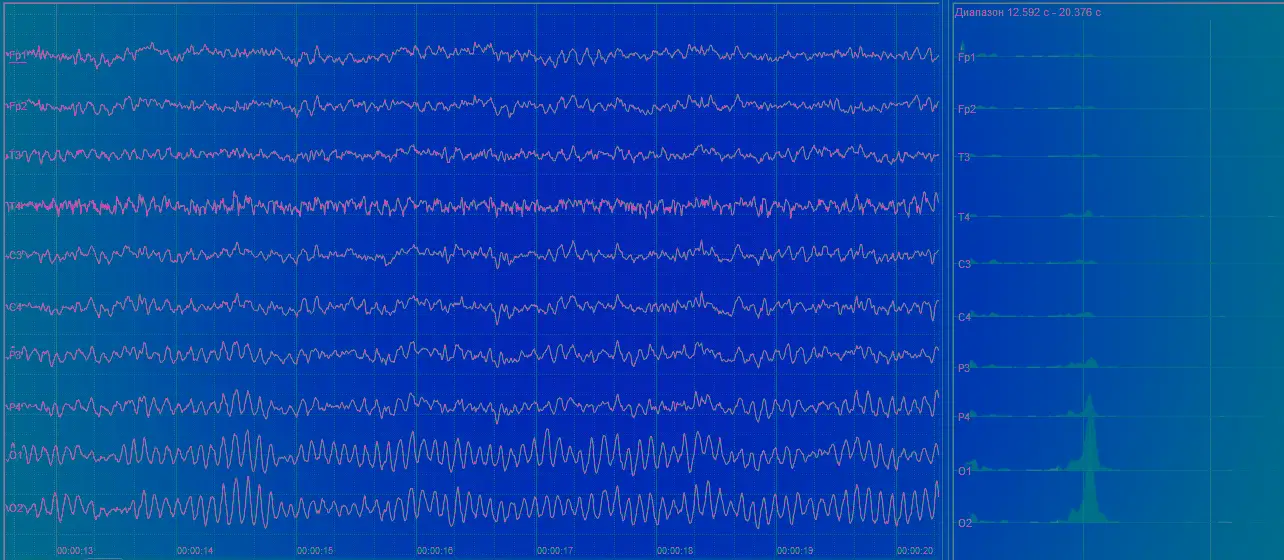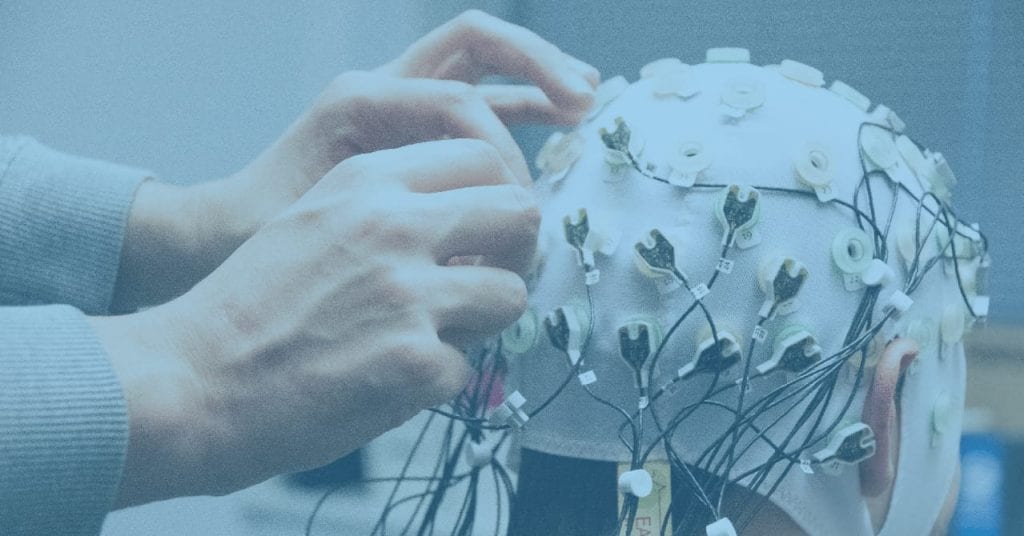-
Eye Movements: How the Environment Changes the Way We See

For eye tracking studies, it’s much easier to present stimuli to participants on a screen, rather than to study viewing behavior in real-life settings.
-
Neural Oscillations – Interpreting EEG Frequency Bands

For eye tracking studies, it’s much easier to present stimuli to participants on a screen, rather than to study viewing behavior in real-life settings.
-
Top 5 TED Talks About Neuromarketing

Neuromarketing is helping marketers get a better understanding of consumer behavior by using a variety of biometric technologies, such as eye tracking, facial expression analysis, galvanic skin response, and EEG.
-
Automated Facial Coding vs. fEMG – Which Tool is Best for Your Research?

In this article, we will compare and contrast both webcam-based Facial Expression Analysis (FEA) with Facial Electromyography (fEMG) in four categories.
-
Gaze Mapping in Advanced Eye Tracking Research

If you are studying more than one participant then the world is being uniquely approached by each. Use gaze mapping to make comparisons between them.
-
A Visual Introduction to Biometric Research [Infographics & Posters]
![A Visual Introduction to Biometric Research [Infographics & Posters]](https://imotions.com/wp-content/uploads/2023/05/woman-teaching-students-about-biometrics-scaled.webp)
Human behavior is a complicated thing. The way in which we respond to the world tells us a lot about who we are – it therefore follows that the better we understand behaviors, the better we can understand humans. This is of course important not only for psychology research, but also for media, advertising, neuromarketing…
-
SMI and Apple: What It Means for the Future of Eye Tracking

If a billion-dollar company has made an investment into the eye tracking sphere, then you can expect this to become a big thing – when several other billion-dollar companies follow suit, you can expect this to be world-changing.
-
Top 5 EEG Research Articles

The activity of the brain depends on a series of impulses being passed from one cell to another – such inner workings control all our thoughts, and almost all our actions (barring physical reflexes). The way we interact with the world and experience it is the result of these series of signals, essentially constructing who…
-
Frontal Asymmetry 101 – How to Get Insights on Motivation and Emotions from EEG

Relatively increased left-frontal activity may serve as an index of approach motivation or related emotion (e.g., anger and joy).


![How to Conduct Successful Neuromarketing Studies [Neural Sense Interview]](https://imotions.com/wp-content/uploads/2023/04/beer-glass-an-wine-bottles-scaled.webp)